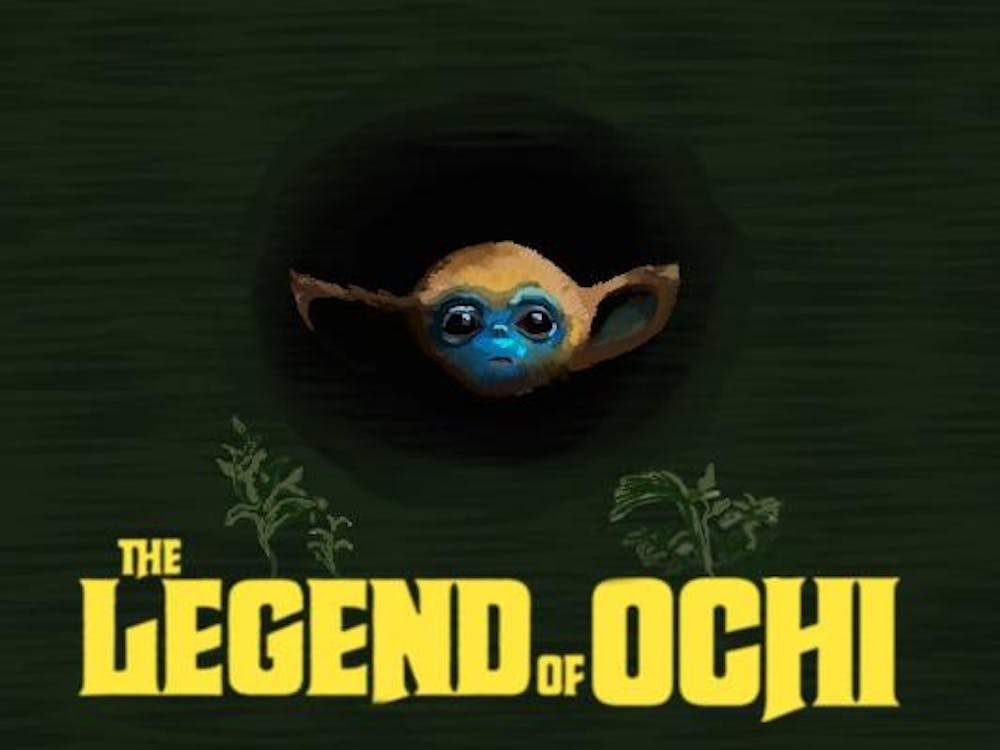August always marks the realization that summer has flown by. The first few leaves start to turn, baseball is the only sport on TV and school buses crawl out of hibernation. The list of books to read this summer is growing longer, while the number of days left before school grows smaller.
With beach reading behind and libraries ahead, it is the time of summer to settle down inside with one last book before classes begin. Here are three thought-provoking reads to get back into an academic frame of mind.
"Hamnet" by Maggie O'Farrell
In her novel "Hamnet," Maggie O'Farrell weaves a fictional narrative about William Shakespeare, his wife Anne Hathaway and the death of their son Hamnet. Published in 2020, "Hamnet" was the Women's Prize for Fiction winner in 2020 and the Sunday Times number one bestseller in 2021.
Hamnet died at age eleven in 1596, and around the year 1600 his father wrote “The Tragedy of Hamlet.” Scholars like Stephen Greenblat and Harold Bloom have conjectured about the significance of this connection. However, in the absence of historical facts, they can only speculate on how the death of Shakespeare’s son influenced perhaps his most famous play.
With a simple but pristine writing style, O’Farrell approaches this story through a feminine perspective, focusing on the often overlooked figure of Shakespeare's wife, Anne Hathaway — or Agnes, as she is called in the novel. Living in the rural town of Stratford-on-Avon while her husband works in London, Agnes struggles to protect her children and herself from the Black Plague. Her husband's fairy tale performances seem frivolous as she grapples with the indiscriminate tragedy of the plague.
Given the ubiquitous influence of Shakespeare's plays on modern literature and film, writing anything compelling and original about the playwright or his works is challenging. However, O'Farrell has managed to pull it off in this novel. “Hamnet” is accessible to all lovers of fiction and could offer a new way to connect with Shakespeare for readers who have never enjoyed the plays. For lovers of Shakespeare and lovers of fiction alike, “Hamnet” is a must-read.
"A Prayer for Owen Meany" by John Irving
Johnny Wheelwright and Owen Meany are two best friends growing up in 1950s New Hampshire. When Owen Meany hits a foul ball that kills Johnny’s mother during their little league baseball game, the tragedy shapes the two boys for the rest of their lives.
Published in 1989, “A Prayer for Owen Meany” is the eighth book by John Irving, the author of "The World According to Garp," "The Cider House Rules" and "A Widow for One Year." In “A Prayer for Owen Meany,” Irving uses a surreal writing style to underscore a mystical plot and paint a nostalgic picture of childhood innocence.
Beneath this nostalgia, Irving dives deep into politics and religion, two ever-present factors of American life. While religious and politically liberal ideas often clash with each other, Irving melds them together. He harshly criticizes American history, from the displacement of Native Americans to the Vietnam war to the economics of the Reagan administration. However, the themes of “A Prayer for Owen Meany” are also profoundly religious. Irving portrays spiritual characters and miraculous events while maintaining a modern liberal viewpoint.
“Watch out for people who call themselves religious,” Irving writes in the book. “Make sure you know what they mean –– make sure they know what they mean!”
“Rabbit, Run” by John Updike
Harry “Rabbit” Angstrom is an average middle-class American from a small city in Pennsylvania. He was a high school basketball star, but after a surprise pregnancy and a shotgun wedding, he finds himself in a dead-end job in the town where he grew up. One day Rabbit gets in the car and decides to leave this world behind, wife and children included.
John Updike’s “Rabbit Series” tracks this fictional character from his early twenties to the end of his life. Updike wrote the Pulitzer Prize-winning series over four decades, authoring “Rabbit, Run” in 1960, “Rabbit Redux” in 1971, “Rabbit is Rich” in 1980 and “Rabbit at Rest” in 1990. The series is especially relevant today as shifting gender roles, the introduction of the birth control pill, abortion and American conceptions of sexual morality lie at the heart of the story. “Rabbit, Run” is the most gripping of the four novels and will especially resonate with men in their twenties. Not quite a coming-of-age story, this novel is about a man who feels trapped by his impending career, marriage and commitments.
Reminiscent of Earnest Hemingway, Updike’s writing is not mystical or surreal but offers gritty snapshots of the world as it actually is. The sheer volume of the series adds to the payoff for the reader. By the end of the four novels, the reader knows each character like an old friend and, like the summer, is sad to leave them behind.







